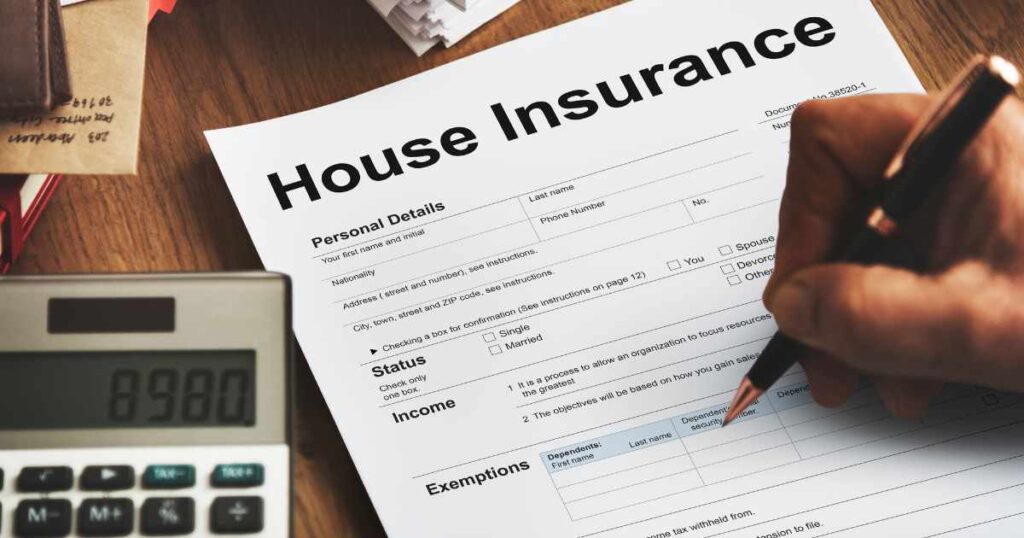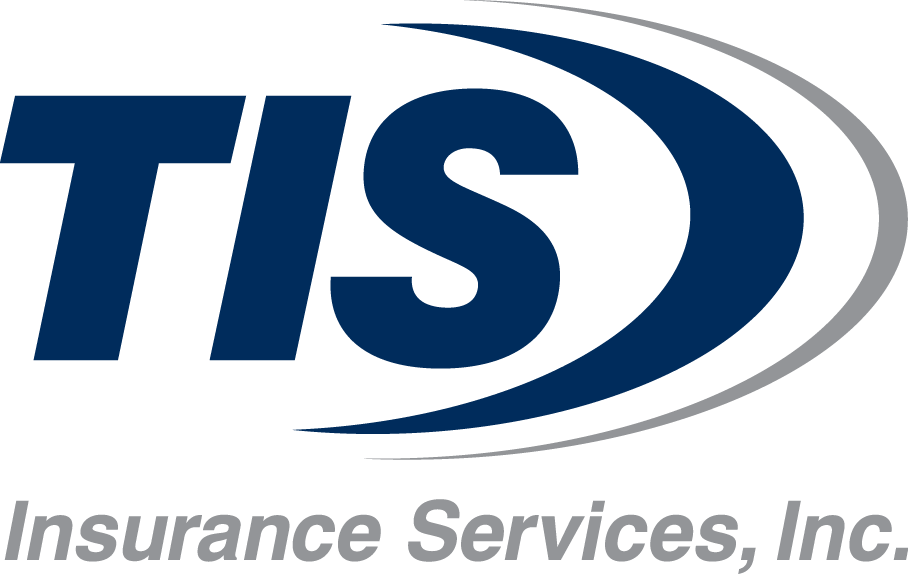Homeownership is a significant milestone, often marking a sense of stability and accomplishment. However, protecting this valuable asset through the right home insurance coverage is equally important.
Fortunately, here are many options when it comes to buying a homeowners insurance ppolic. However, determining the right coverage amounts and understanding the various limitations and exclusions is not always straightforward.
Why Home Insurance is Essential
Aside from being required by most mortgage providers, homeowners coverage provides financial protection against unexpected events that could cause damage to your home or possessions. It covers a range of perils (or cause of damage), including natural disasters, theft, and accidents, ensuring that you are not left financially devastated by unforeseen circumstances.
In addition to protecting your physical property, home insurance can also cover liability issues, including lawsuits, if someone is injured on your property.
Types of Home Insurance Policies
Homeowners policies are issued based on the type of form. Each form defines what perils your home is being insured against.
HO-1: Basic Form
The HO-1 policy is the most basic type of home insurance. It does not include coverage for liability, possessions, or additional living expenses; it only provides for damage to the actual dwelling caused by a limited number of basic perils, typically including:
- Fire or lightning
- Damage from aircraft
- Smoke
- Explosion
- Theft
- Volcanic eruptions
- Civil commotions or riots
- Windstorm or hail
- Vandalism and malicious mischief
- Damage from vehicles
- Theft, except for some exclusions
While it provides some level of protection, its limited scope means it is less common and not available in all states. It may be suitable for those looking for minimal coverage or on a tight budget.
HO-2: Broad Form
The HO-2 policy, also known as the broad form, offers more extensive coverage than the HO-1 policy. It covers all the perils listed in HO-1, plus additional risks such as:
- Falling objects
- Weight of ice, snow, or sleet
- Accidental discharge or overflow of water or steam from within plumbing, heating, air conditioning, or automatic fire sprinkler systems
- Sudden and accidental tearing apart, cracking, burning, or bulging of a hot water heating system, an air conditioning system, or an automatic fire sprinkler system
- Freezing of plumbing, heating, air conditioning, or automatic fire sprinkler system
- Sudden and accidental damage from artificially generated electrical current
Also, unlike HO-1, HO-2 provides for liability, possessions, or additional living expenses. HO-2 offers more protection and is a good middle-ground for homeowners seeking more than just basic coverage.
HO-3: Special Form
The HO-3 policy, also known as the special form, is the most popular type of home insurance. In a HO-3 form, coverage for the dwelling and other structures is issued on an open peril basis, which means it provides coverage for all perils except those specifically excluded from the policy. This wide range of risk protection makes it suitable for most homeowners. Open peril exclusions typically include:
- Earthquakes
- Flooding or overflow of sump pump
- Wear and tear
- Insects and vermin
- Pollutants
- Mold
For personal belongings, HO-3 usually covers the same broad perils as HO-2. This policy strikes a balance between comprehensive coverage and affordability, making it a preferred choice.
HO-4: Tenant’s Form
HO-4, or renter’s insurance, is designed for tenants. It covers personal belongings against the same perils as the HO-2 policy and provides liability coverage. However, it does not cover the structure of the building itself, as this is the landlord’s responsibility. This type of insurance is essential for renters who want to protect their possessions and ensure liability coverage in their rented homes.
HO-5: Comprehensive Form
The HO-5 policy is the most extensive coverage available for homeowners. It is similar to the HO-3 policy but provides open-peril coverage for both the dwelling, other structures, and personal belongings. This means it covers all perils unless specifically excluded. HO-5 is subject to the same exclusions as HO-3.
This policy is ideal for those seeking the highest level of protection and willing to pay a higher premium for it.
- HO-5 is recommended to homeowners with high-value homes or expensive personal belongings.
HO-6: Condo Insurance
The HO-6 policy is tailored for condominium owners. It covers the interior of the condo, personal belongings, and liability. It typically covers the same perils as HO-2. The condo association’s master policy usually covers the building’s exterior and common areas, so HO-6 focuses on the individual unit and what is inside it. This is essential for condo owners who need to protect their personal property and ensure liability coverage within their units.
HO-7: Mobile Home Insurance
HO-7 is designed for mobile or manufactured homes. It is similar to an HO-3 policy but specifically tailored to cover mobile homes. It provides protection against the same perils and is suitable for mobile homeowners looking for comprehensive coverage. Given the unique nature of mobile homes, this policy ensures that the specific risks associated with mobile homes are adequately covered.
HO-8: Modified Coverage Form
The HO-8 policy is designed for older or historic homes that may not meet the insurer’s standards for other types of policies. It provides coverage similar to an HO-1 policy but is tailored to homes that would be difficult to replace due to their age or historical value. This policy is ideal for owners of older homes who need coverage that reflects the unique aspects of their property.

Additional Coverage Options
As noted above, there are several standard exclusions to a home insurance policy, however, additional coverage is available for many of those exclusions through an endorsement of coverage or additional policy.
Flood Insurance
Standard policies typically exclude flood damage. Homeowners in flood-prone areas should consider purchasing a separate flood insurance policy through the National Flood Insurance Program (NFIP) or private insurers.
Earthquake Insurance
Earthquake damage is another common exclusion. Homeowners in earthquake-prone regions should look into dedicated earthquake insurance policies.
Sewer Backup Coverage
This endorsement covers damage caused by the backup of sewers or drains, which is often excluded from standard policies.
Umbrella Insurance
An umbrella policy provides additional liability coverage beyond the limits of a standard home insurance policy, offering extra protection in the event of a major lawsuit or claim.
Choosing the Right Coverage
Evaluate Your Home and Belongings: Understand the value of your home and its contents. High-value homes or expensive belongings may require more comprehensive coverage, like an HO-5 policy.
Assess Risks: Consider the risks in your area. For example, if you live in an area prone to earthquakes or floods, you may need additional coverage beyond a standard policy.
Compare Policies: Look at the different types of policies available and compare their coverage, exclusions, and costs. An HO-3 policy might offer a good balance of coverage and affordability for many homeowners.
At TIS Insurance Services, Inc., we can offer personalized advice and help you understand the nuances of different policies. Our personal lines specialists have access to many different insurance carriers and will shop for the best coverages and tailor the policy to fit your specific needs and budget.





